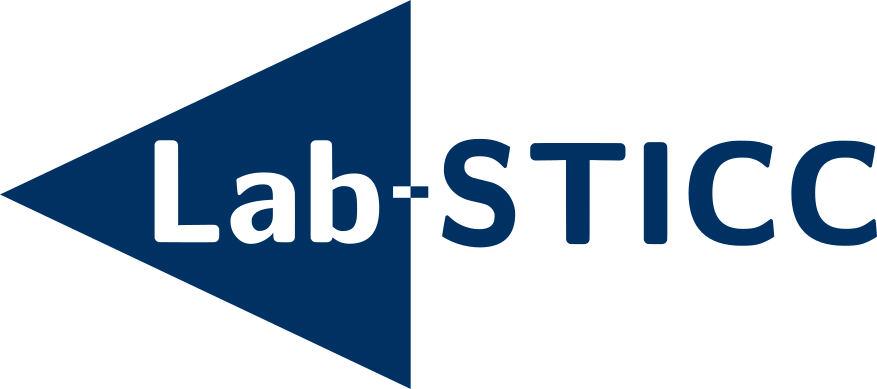Cyclogenesis in the Tropical Atlantic: First Scientific Highlights from the Clouds–Atmospheric Dynamics–Dust Interactions in West Africa (CADDIWA) Field Campaign
Résumé
During the boreal summer, mesoscale convective systems generated over West Africa propagate westward and interact with African easterly waves, and dust plumes transported from the Sahel and Sahara by the African easterly jet. Once off West Africa, the vortices in the wake of these mesoscale convective systems evolve in a complex environment sometimes leading to the development of tropical storms and hurricanes, especially in September when sea surface temperatures are high. Numerical weather predictions of cyclogenesis downstream of West Africa remains a key challenge due to the incomplete understanding of the clouds–atmospheric dynamics–dust interactions that limit predictability. The primary objective of the Clouds–Atmospheric Dynamics–Dust Interactions in West Africa (CADDIWA) project is to improve our understanding of the relative contributions of the direct, semidirect, and indirect radiative effects of dust on the dynamics of tropical waves as well as the intensification of vortices in the wake of offshore mesoscale convective systems and their evolution into tropical storms over the North Atlantic. Airborne observations relevant to the assessment of such interactions (active remote sensing, in situ microphysics probes, among others) were made from 8 to 21 September 2021 in the tropical environment of Sal Island, Cape Verde. The environments of several tropical cyclones, including Tropical Storm Rose, were monitored and probed. The airborne measurements also serve the purpose of regional model evaluation and the validation of spaceborne wind, aerosol and cloud products pertaining to satellite missions of the European Space Agency and EUMETSAT (including the Aeolus, EarthCARE, and IASI missions).
| Origine | Fichiers produits par l'(les) auteur(s) |
|---|

